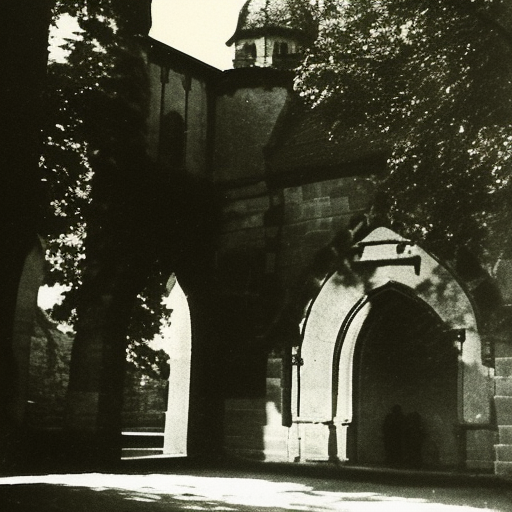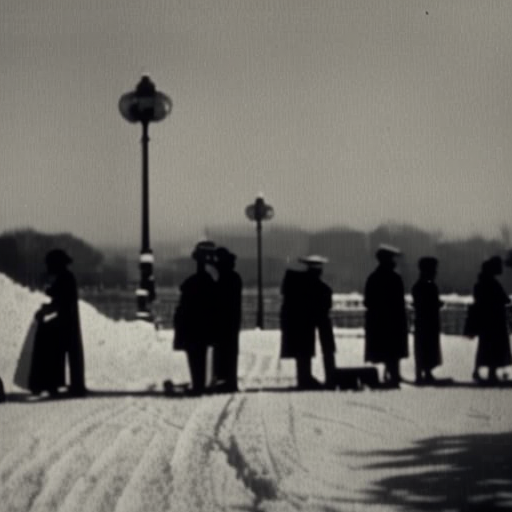The Dissolution of the Monasteries (1536-1541)
The dissolution of the monasteries was a significant event in English history that took place between 1536 and 1541. It was a series of actions undertaken by King Henry VIII to dissolve monastic institutions and seize their assets. This event had far-reaching consequences for the religious, social, and political landscape of England.
Background: The dissolution of the monasteries was part of a larger movement known as the English Reformation. King Henry VIII had initially been a staunch defender of the Catholic Church and had even been given the title “Defender of the Faith” by Pope Leo X. However, his desire for a male heir and his infatuation with Anne Boleyn led him to seek an annulment of his marriage to Catherine of Aragon. When the Pope refused to grant the annulment, Henry VIII took matters into his own hands and declared himself the head of the Church of England.
Reasons for the Dissolution: There were several reasons why Henry VIII decided to dissolve the monasteries. Firstly, he wanted to assert his authority over the Church and break away from the influence of the Pope. Secondly, he saw the monasteries as centers of corruption and immorality, with monks and nuns engaging in misconduct. Thirdly, he was attracted to the vast wealth and land owned by the monasteries and saw an opportunity to seize these assets to fund his military campaigns and enrich the crown.
The Process: The dissolution of the monasteries began in 1536 with the passing of the Suppression of Religious Houses Act. This act gave the king the power to close down monasteries with an annual income of less than £200. Over the next few years, hundreds of monasteries, abbeys, and priories were dissolved, and their assets were confiscated by the crown. The process was carried out by royal commissioners who visited each monastery, assessed its value, and ordered its closure. The monks and nuns were either pensioned off or forced to find new occupations.
Impact: The dissolution of the monasteries had a profound impact on English society. Firstly, it led to the loss of many religious and cultural artifacts, including manuscripts, artwork, and relics. These treasures were often destroyed or sold off, resulting in a significant loss of England’s cultural heritage. Secondly, it had a devastating effect on the religious life of the country. Monasticism, which had been an integral part of English society for centuries, was effectively abolished. Many monks and nuns were left without a home or livelihood, and the dissolution led to a decline in religious vocations.
Confiscation of Assets: One of the primary motivations behind the dissolution was the acquisition of wealth. The monasteries owned vast amounts of land, property, and income-generating assets. These were seized by the crown and sold off to nobles and gentry at a fraction of their value. This redistribution of wealth led to the emergence of a new class of landowners and increased the power and influence of the nobility.
Legacy: The dissolution of the monasteries had long-lasting effects on English society. It accelerated the process of religious reform, as the Church of England became firmly established as the country’s official religion. The wealth acquired from the monasteries played a crucial role in funding Henry VIII’s military campaigns and consolidating royal power. The dissolution also paved the way for the establishment of a more centralized state, as the power and influence of the Church were diminished.
In conclusion, the dissolution of the monasteries was a significant event in English history that had far-reaching consequences. It marked a turning point in the religious, social, and political landscape of the country. The seizure of monastic assets, the decline of religious life, and the establishment of the Church of England were among the key outcomes of this transformative event.












